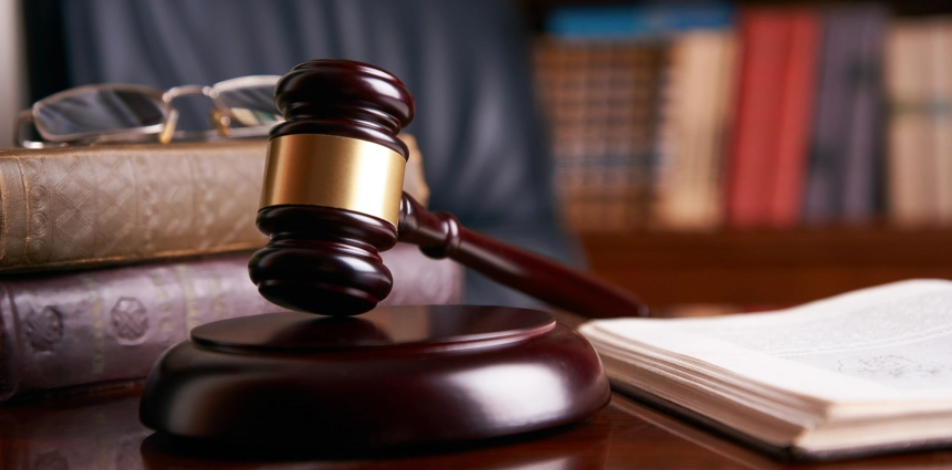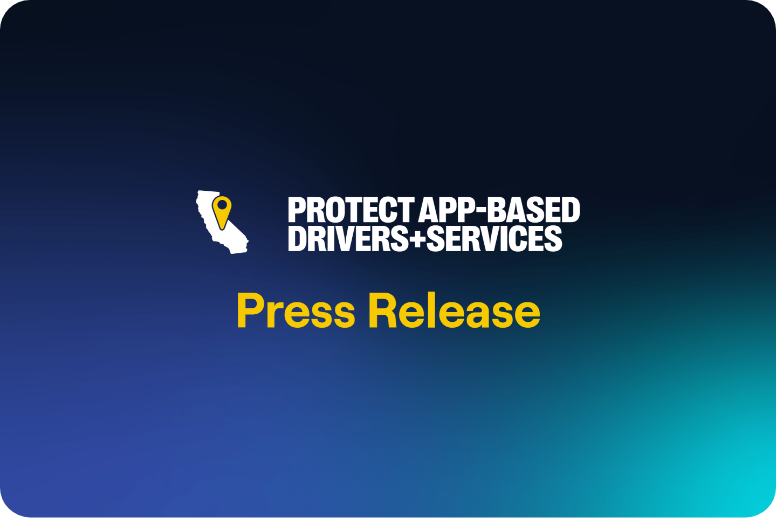By David Carrillo and Stephen Duvernay
The Court of Appeal’s recent decision in Castellanos v. State of California (2023 WL 2473326) upholding 2020’s Proposition 22 is an opportunity to recall the California Supreme Court’s role as a court of review, not error correction. The court has limited resources outside its mandatory capital docket, and declines the vast majority of petitions for review because they fail the threshold test: a petition must show a conflict among the courts or an important question of law and a miscarriage of justice. Potential error, standing alone, is inadequate to justify California Supreme Court review.
Our state high court exists to maintain consistency and clarity in the law – not to correct errors. California constitution article VI, section 13 requires “a miscarriage of justice” to warrant reversal, so the court may not reverse a judgment “simply because some legal error was committed or simply because the court would have reached a different conclusion on the facts presented.” Grodin et al., The California State Constitution at 198. Instead, the California Supreme Court “sits as a court of review, not a court of error.” Carrillo & Chou, California Constitutional Law at 380. The primary basis for ordering review is when it is “necessary to secure uniformity of decision or to settle an important question of law.” Cal. Rules of Court Rule 8.500(b)(1). This has the practical effect of making the court an “institutional overseer” of the state courts, deciding “cases involving important public policy questions and other matters significantly affecting the administration of justice, and [resolving] conflicts among the courts of appeal.” Eisenberg, Cal. Prac. Guide Civ. App. & Writs 13.1.
The result is that the California Supreme Court grants only a tiny fraction of review petitions, often pegged by such authorities as Jon Eisenberg and Myron Moskovitz at under 5% in any given year. In the 2022 Court Statistics Report, for example, the Judicial Council’s figures show 41 straight grants in 3,901 petitions – that’s 1.05%. (The total percent granted is 16% if you include grant-and-holds.) So why does the California Supreme Court field around 4,000 review petitions every year? Because most lawyers “don’t understand how the Supreme Court views its job.” Moskovitz, Seeking Review in the California Supreme Court (July 7, 2017).
With capital and other criminal cases absorbing the lion’s share of the court’s docket, perhaps one-third of its 50–100 decisions each year will be civil cases like Castellanos. The court uses those limited slots to clarify the law, and the law only needs clarifying “when different intermediate appellate courts have announced conflicting rules of law, or when some unresolved question of law affects a large segment of society,” according to Moskovitz. Consequently, the court “may (and often does) deny review of cases that the justices think were ‘wrongly’ decided in the court of appeal,” says Eisenberg.
In our view, the Court of Appeal rightly upheld Proposition 22. But even if it erred, that by itself is insufficient for granting review. And the fact that this case involves an initiative makes for even longer odds of review being granted. The Miller-Rose Initiative Database shows that the last time the California Supreme Court invalidated an initiative was 23 years ago: Proposition 22 in 2000 (see In re Marriage Cases (2008) 43 Cal.4th 757) – which the voters promptly abrogated by adopting Proposition 8 in 2008, and which the court upheld in Strauss v. Horton (2009) 46 Cal.4th 364. The far more common result is that initiatives are upheld, even controversial measures like 2004 Proposition 69 (mandatory DNA collection, upheld in People v. Buza (2018) 4 Cal.5th 658), 2008 Proposition 9 (Marsy’s Law, upheld in In re Vicks (2013) 56 Cal.4th 274), and 2016 Proposition 66 (death penalty reform, upheld in Briggs v. Brown (2017) 3 Cal.5th 808).
All this explains why those predicting that Castellanos will be granted review are likely to be wrong. For example, on March 13, 2023 the New York Times cheerily wrote that although the California Supreme Court “does not take up every case that is appealed to it … legal experts said they expected it to do so in this instance,” quoting Professor Seth D. Harris of Northeastern University saying: “It’s very hard to imagine them passing on a case of this importance.” Since a case’s importance to stakeholders isn’t one of the criteria for granting review, the 95–99% odds against review being granted suggest that Harris is too optimistic.
And what would the important question of law be? To constitute a legal error that resulted in a miscarriage of justice or a conflict in the law, the Castellanos opinion would have needed to discard the wealth of long-standing precedent requiring the electorate’s initiative powers to be jealously guarded and “liberally construed to maintain maximum power in the people.” Briggs v. Brown (2017) 3 Cal.5th 808, 827. But instead Castellanos upheld the measure and validated the electorate’s power to legislate. Given how deferential the courts are to voter power, it’s difficult to see how Castellanos conflicts with existing law.
California’s courts have consistently protected the voters’ legislative powers as one of the most precious rights of our democratic process. Since 1911, when California voters reclaimed for themselves the legislative power to make law, California’s constitution has placed the voters on equal footing with the legislature. As the Castellanos opinion explains, Proposition 22 is a good example of this duality: since the legislature certainly had the constitutional power to do what the measure did, and the voters can do just about anything the legislature can, the electorate had the power to enact Proposition 22.
The electorate’s direct democracy powers compel deep respect from our state government. When reviewing initiatives California’s courts often declare that they must “resolve any reasonable doubts in favor of the exercise of this precious right.” Brosnahan v. Brown (1982) 32 Cal.3d 236, 241. Even if a court has concerns about the electorate’s policy choices, it will not “pass upon the wisdom, expediency, or policy of enactments by the voters.” Professional Engineers in California Government v. Kempton (2007) 40 Cal.4th 1016, 1043. Thus, even if a court disagrees with Proposition 22’s policy choices it remains a proper exercise of voter power.
The upshot is: file that petition for review if you must, but don’t expect a miracle reversal. Especially when the people have spoken.
David Carrillo is Executive Director of the California Constitution Center at Berkeley Law. Stephen Duvernay is Chief Senior Research Fellow at the California Constitution Center.
The Latest News

Opinion
I’m an Instacart driver: California Supreme Court must protect my job
By Stephanie Whitfield It may sound dramatic to say that app-based driving saved my life, [...] Read more
News
As Prop. 22 heads to California Supreme Court, support doesn’t break along ideological lines
By Bob Egelko Proposition 22, the 2020 ballot initiative sponsored by Uber and Lyft that [...] Read more

